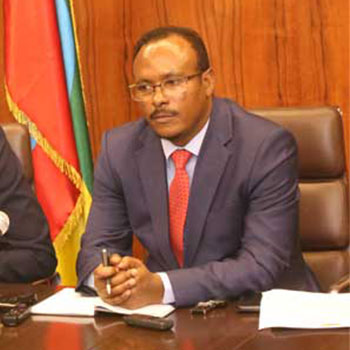
Fortune News | Oct 17,2020
Mar 30 , 2024
By Kindie Asmamaw
As artificial intelligence (AI) weaves its way deeper into the fabric of society, its ability to drive change across diverse sectors — from healthcare to the arts and commerce to defence — cannot be overstated. The advancement of AI, fueled by leaps in computing power, the deluge of data, and algorithmic finesse, marks a watershed in human history. AI-powered technologies, such as chatbots, virtual assistants, medical imaging analysers, and creative tools, do more than reshape consumer experiences. They are also enhancing productivity and pushing the boundaries of innovation.
At the core of AI's development lie two distinct types. There is a rule-based system reliant on predefined logic. There is also a self-learning model, which adapts and learns from data. This dichotomy has ushered in an animated debate on ownership issues, particularly when AI systems create potentially copyrightable or patentable material without human intervention. Traditionally, copyright and patent laws have been predicated on human authorship and invention, a notion challenged by AI's capabilities.
Intellectual property rights (IPRs), as defined by the World Intellectual Property Organization (WIPO), are legal mechanisms that protect the product of creativity—be it inventions, literary and artistic works, designs, symbols, names, and images. These rights safeguard creators' investments and efforts, balancing their interests with those of the public to encourage an environment conducive to innovation and creativity.
However, the rapid evolution of AI technologies potentially disrupts this balance. It has emerged as a potent tool, revolutionising processes such as document verification, advanced image, and prior art searches, as well as automated document translation. These applications enhance the quality and efficiency of IP applications and aid in brand protection and infringement detection across digital platforms. Thus, AI's role in IP management is transformative and facilitative.
As AI systems become increasingly capable of producing original works — text, music, art, and inventions — the question of extending IP protections to such outputs becomes more pressing. The human-centric nature of existing copyright frameworks, such as the Berne Convention, poses significant challenges. The debate around the ownership of AI-generated creations is thorny, involving diverse stakeholders, including policymakers, legal experts, technology companies, and artists' groups.
One school of thought advocates for extending IP protections to AI-generated works, arguing that such measures would incentivise investment in AI research and development. Proponents believe this could deter unauthorised use and infringement and encourage the application of AI across various industries. They assert that granting IP rights to AI creations aligns with the fundamental principles of IP law, which aim to reward and encourage creative and innovative endeavours, irrespective of their source.
However, this perspective is not without its nitpickers, who raise concerns about potential monopolies in the AI industry. They seem to be worried about the blurring of lines between human and non-human creations, and the legal complexities of assigning ownership. Patent offices may struggle to determine the novelty and non-obviousness of AI-generated inventions, and applying moral rights to such works introduces philosophical and ethical dilemmas about authorship and rights attribution.
A notable instance in this ongoing debate is Stephen Thaler's (PhD) Device for Autonomous Bootstrapping of Unified Sentience (DABUS), an AI system designed to generate new ideas autonomously. Thaler's attempts to have DABUS recognised as the inventor on patent applications in several countries have largely been rejected, as current laws require a human inventor. Nonetheless, rulings in South Africa and by the Australian Federal Court, acknowledging an AI system as an inventor, have reignited a debate on the issue.
How can legal frameworks adapt to accommodate the realities of AI innovation while protecting IP rights and serving the public interest?
Resolving this issue will undoubtedly influence the trajectory of AI development and shape the future of creativity, innovation, and intellectual property rights. As countries and legal systems struggle with these issues, the path forward remains to be charted, promising to redefine the relationship between technology, law, and human creativity in profound ways. The evolving debate demands a nuanced understanding of AI's potential and pitfalls in intellectual property rights. The legal and regulatory frameworks that effectively encompass AI-generated works are fraught with difficulties, requiring a delicate balance between nurturing innovation and protecting the rights of creators—whether human or not.
Neither is the debate limited to the academic sphere, for it has substantial implications for the future of innovation. Recognising AI's role in the creative process could spur unprecedented levels of innovation, unlocking new avenues for technological advancement and artistic expression. But, the risk of stifling human creativity under the weight of AI-generated content or creating monopolies by entities that control advanced AI technologies also looms large.
One of the most contentious aspects of the debate is the question of authorship.
Traditional concepts of authorship are deeply rooted in the notion of human creativity and intellect. The idea that a machine could hold a place similar to a human creator is a radical departure from centuries of legal and cultural norms. Yet, as AI advances, the lines between human and machine-generated content are increasingly blurred, challenging our preconceptions of creativity and invention. Determining the novelty and originality of such works, indispensable criteria in patent and copyright law is particularly difficult when the "creator" is an algorithm.
The dynamic and often opaque nature of AI's decision-making processes adds a layer of complexity to determining whether a work or invention can be considered original or a derivative of its programming and the data it was trained on. The international dimension of IP law adds another layer of problems. With different jurisdictions taking varied approaches to AI and intellectual property, a fragmented legal system could impede international cooperation and the global exchange of ideas and innovations. The need for harmonisation, or at least a degree of consensus among critical jurisdictions, is becoming increasingly apparent.
The DABUS case illustrates the contradictions at the heart of this debate. While some jurisdictions have taken a more open stance towards the idea of non-human inventors, others remain firm in their adherence to traditional concepts of human authorship. The divergence reflects broader uncertainties about the role of AI in society and the legal frameworks that govern it.
As the discussion progresses, it becomes evident that a forward-looking approach is needed — one that recognises AI's transformative potential while ensuring that the frameworks governing intellectual property remain robust and adaptive. This will likely require legal innovation and a broader dialogue about the value we place on human over machine creativity, the ethics of AI, and the kind of future we want to build.
PUBLISHED ON
Mar 30,2024 [ VOL
24 , NO
1248]


Fortune News | Oct 17,2020
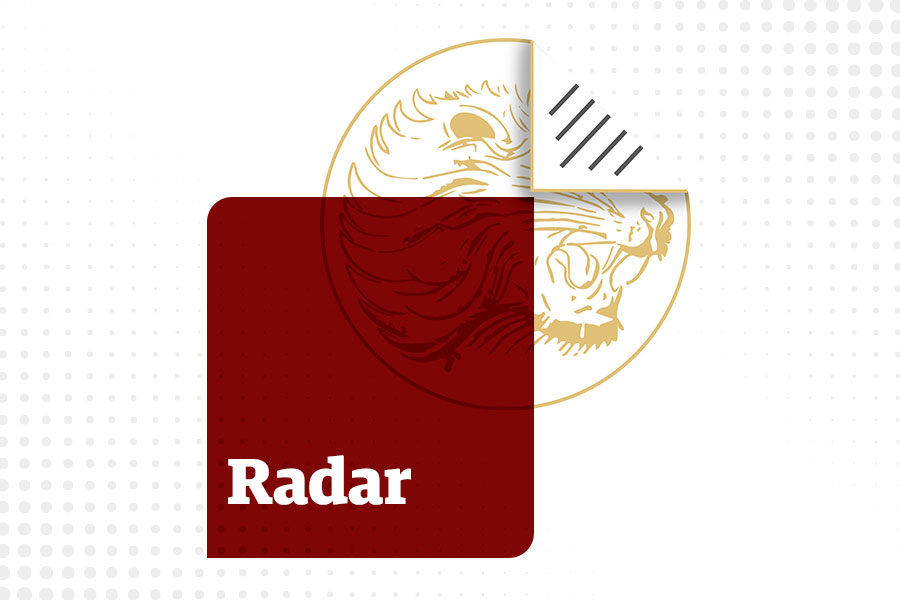
Radar | Apr 30,2024
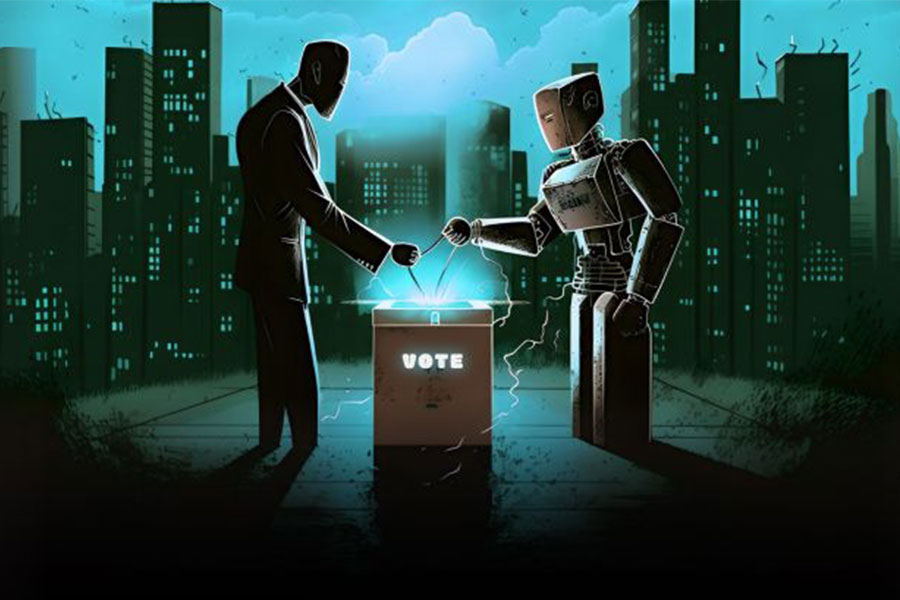
View From Arada | Aug 16,2025
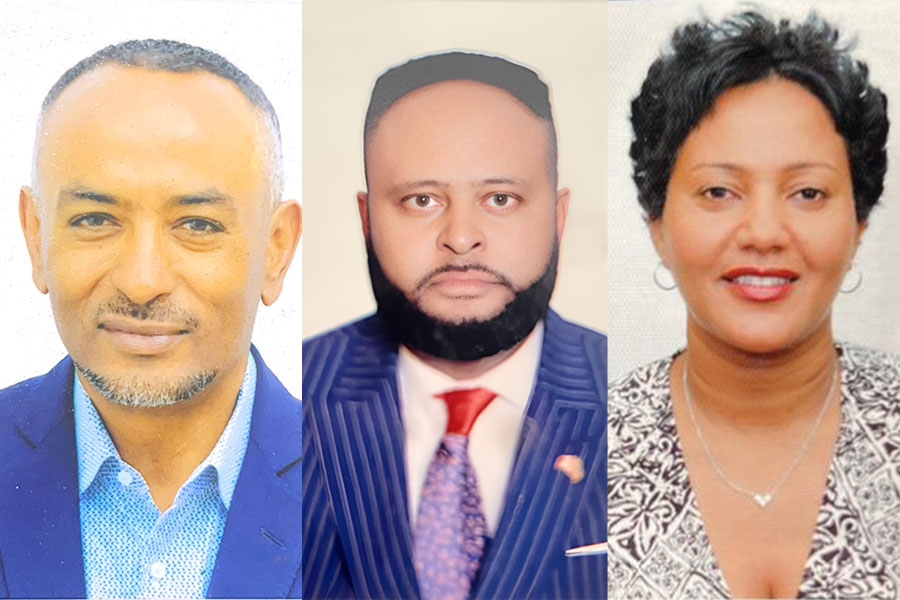
News Analysis | May 04,2025
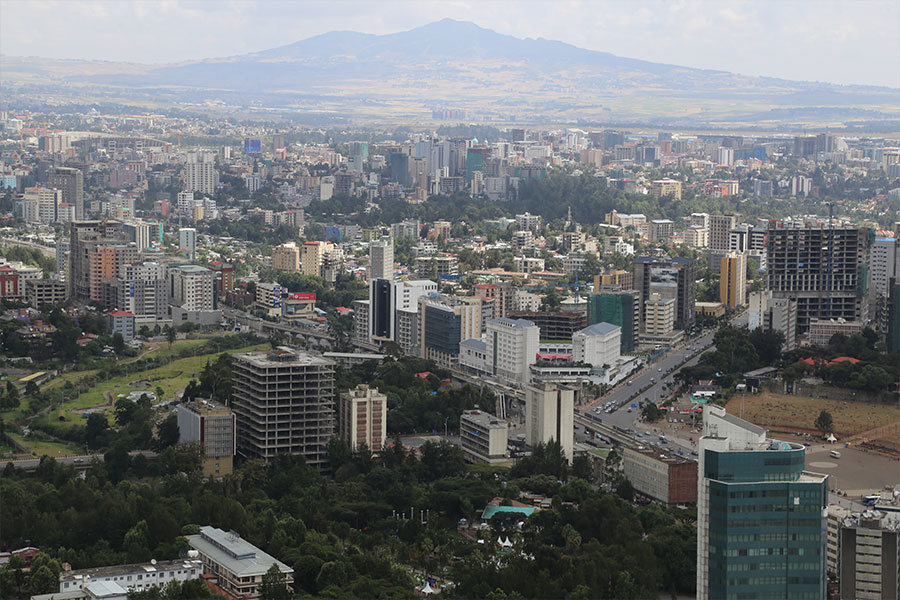
Agenda | Aug 28,2021

Agenda | Jun 15,2024

My Opinion | Nov 26,2022

Viewpoints | Mar 09,2024

Radar | Jul 13,2020

Radar | Feb 01,2020

Photo Gallery | 180297 Views | May 06,2019

Photo Gallery | 170494 Views | Apr 26,2019
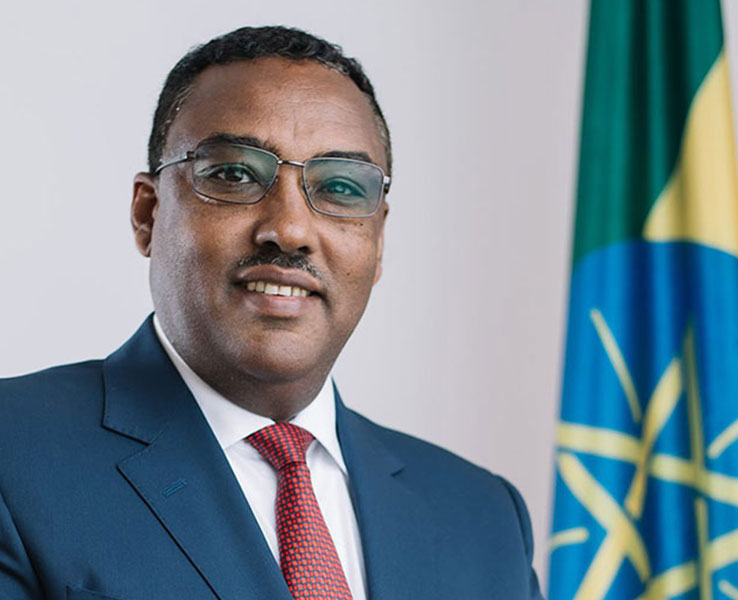
Photo Gallery | 161523 Views | Oct 06,2021

My Opinion | 137271 Views | Aug 14,2021
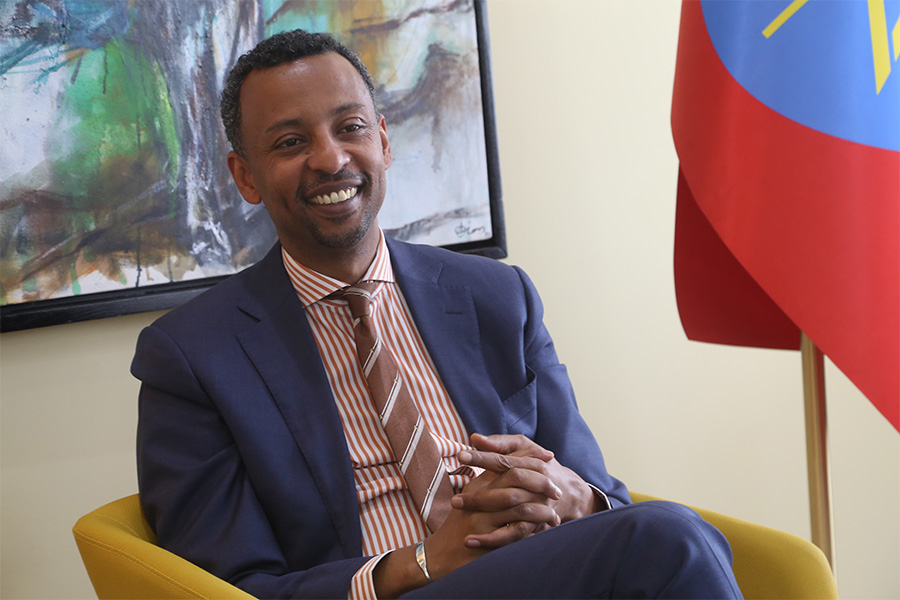
Dec 22 , 2024 . By TIZITA SHEWAFERAW
Charged with transforming colossal state-owned enterprises into modern and competitiv...
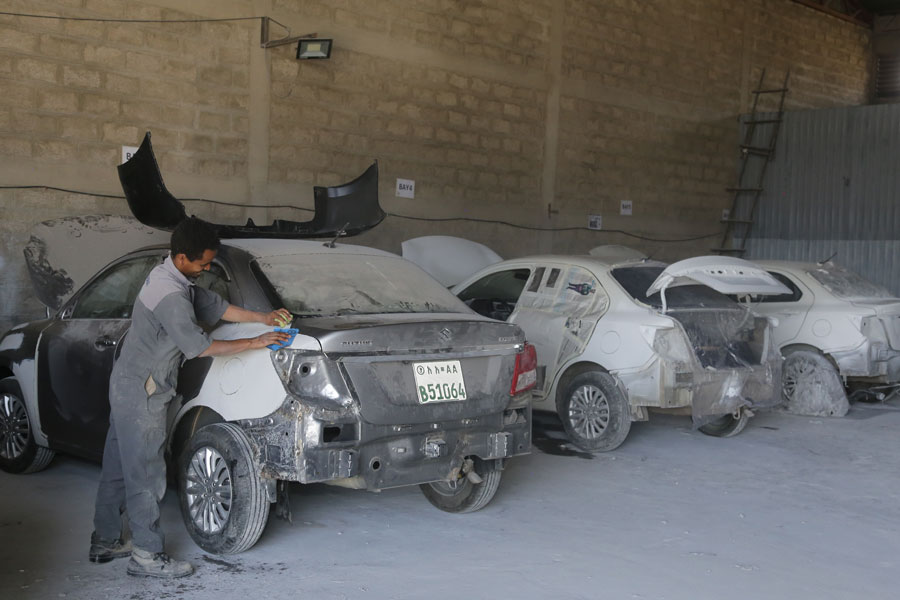
Aug 18 , 2024 . By AKSAH ITALO
Although predictable Yonas Zerihun's job in the ride-hailing service is not immune to...

Jul 28 , 2024 . By TIZITA SHEWAFERAW
Unhabitual, perhaps too many, Samuel Gebreyohannes, 38, used to occasionally enjoy a couple of beers at breakfast. However, he recently swit...

Jul 13 , 2024 . By AKSAH ITALO
Investors who rely on tractors, trucks, and field vehicles for commuting, transporting commodities, and f...
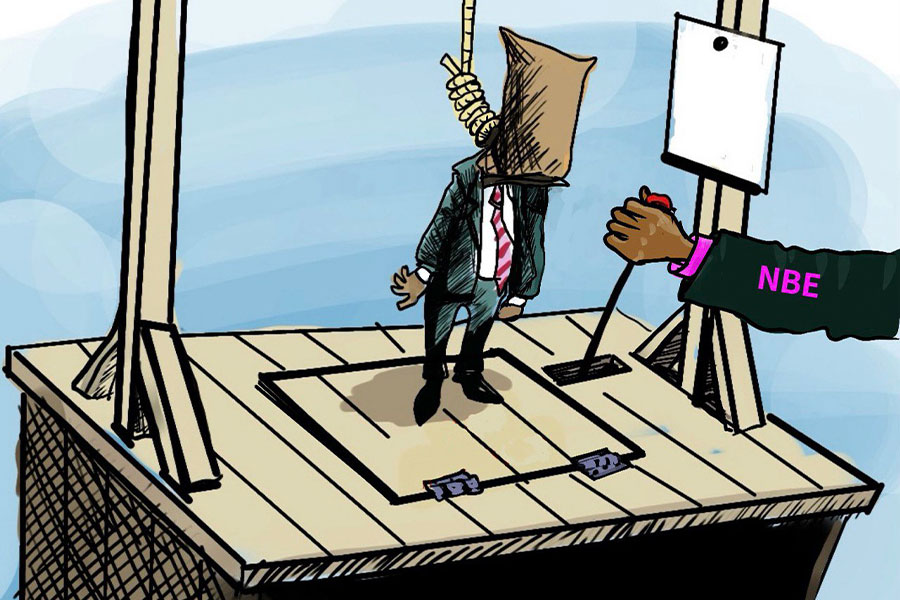
Nov 1 , 2025
The National Bank of Ethiopia (NBE) issued a statement two weeks ago that appeared to...
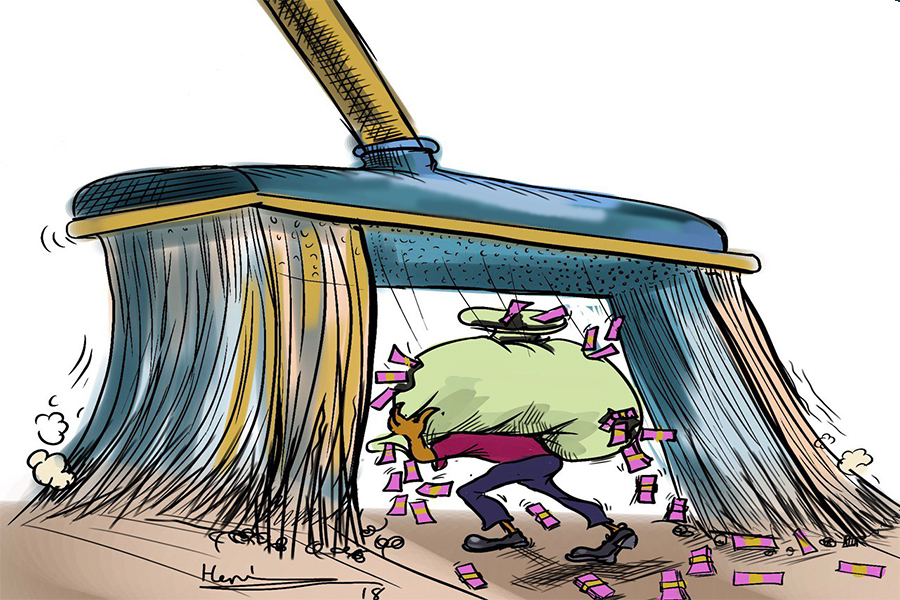
Oct 25 , 2025
The regulatory machinery is on overdrive. In only two years, no fewer than 35 new pro...
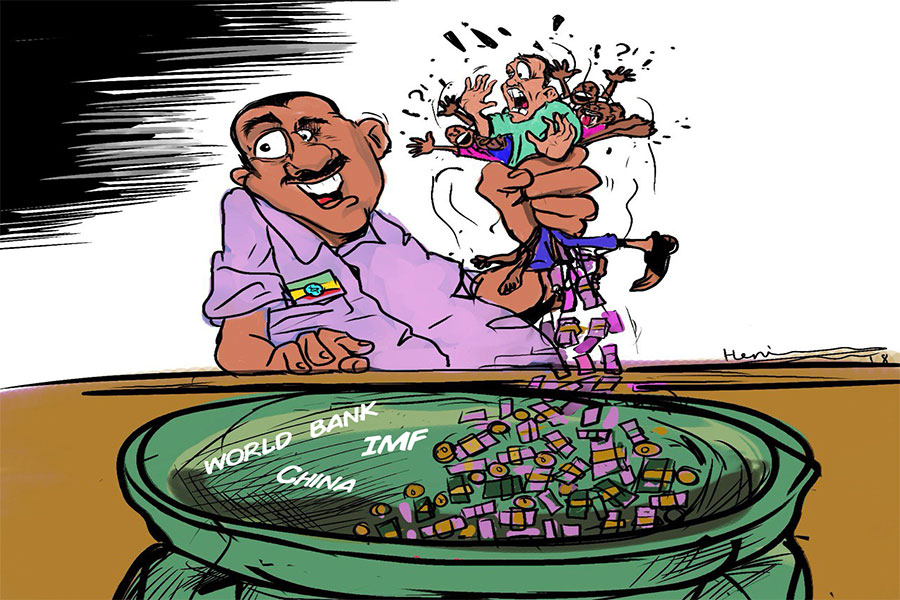
Oct 18 , 2025
The political establishment, notably the ruling party and its top brass, has become p...
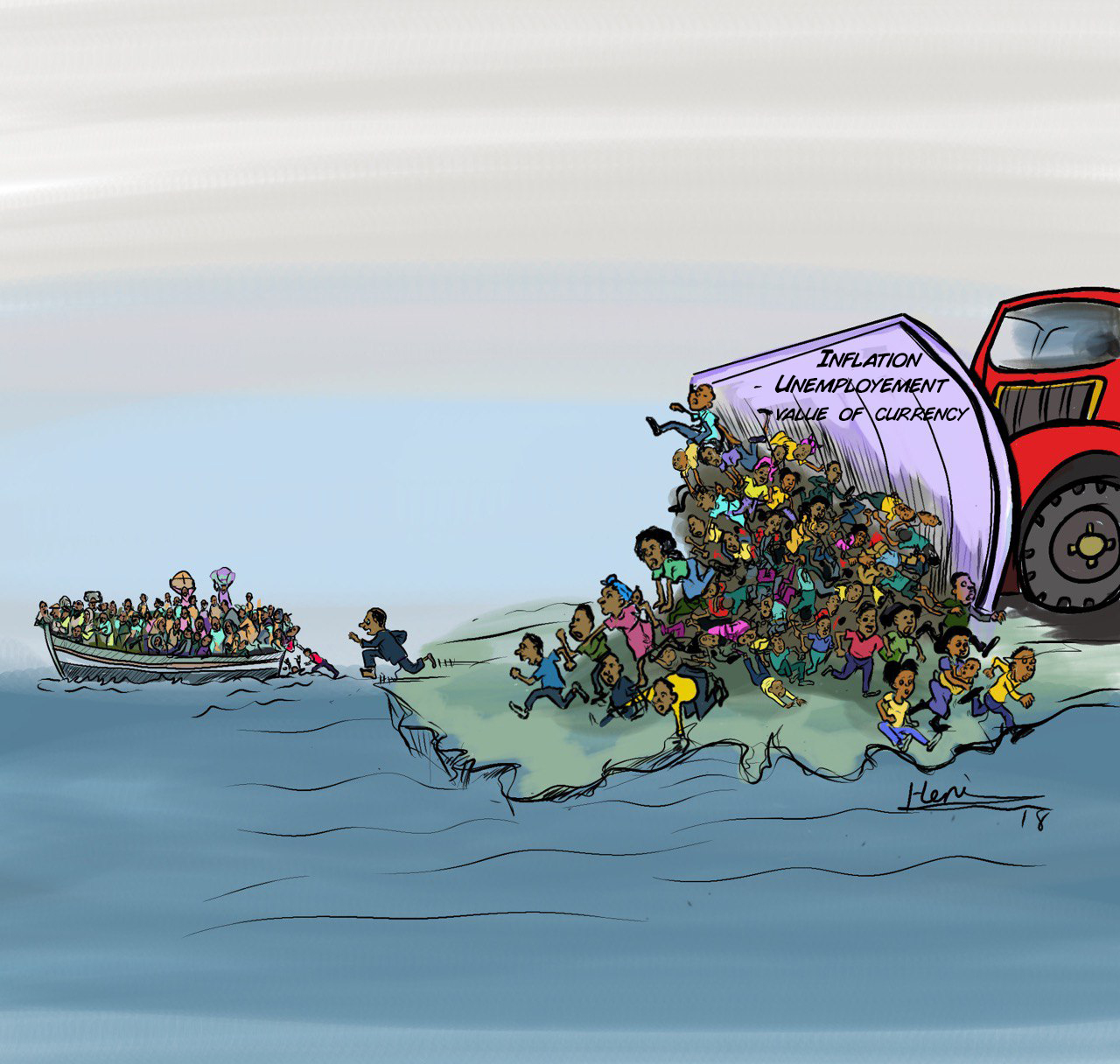
Oct 11 , 2025
Ladislas Farago, a roving Associated Press (AP) correspondent, arrived in Ethiopia in...
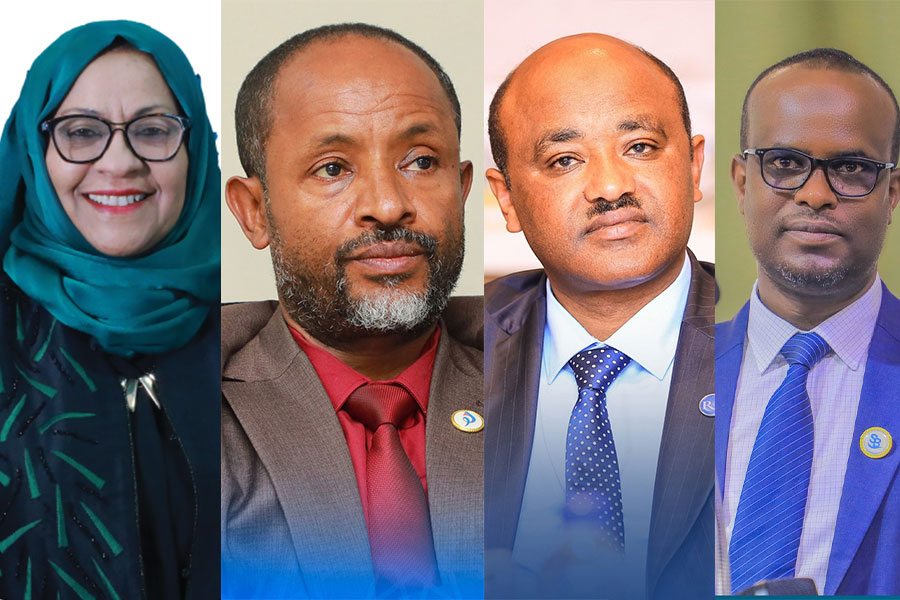
Nov 2 , 2025
The National Bank of Ethiopia (NBE) has scrapped the credit-growth ceiling that had s...

Nov 2 , 2025 . By SURAFEL MULUGETA
The burgeoning data mining industry is struggling with mounting concerns following th...

Nov 2 , 2025 . By YITBAREK GETACHEW
Berhan Bank has chosen a different route in its pursuit of a new headquarters, opting for a transitional building instea...
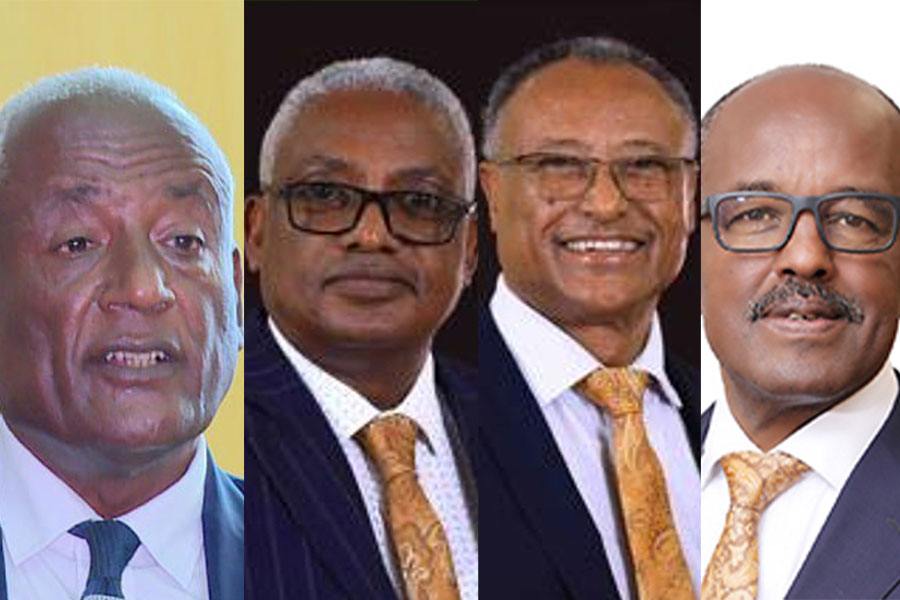
Nov 2 , 2025 . By BEZAWIT HULUAGER
Nib International Bank S.C. has found itself at the epicentre of a severe governance...